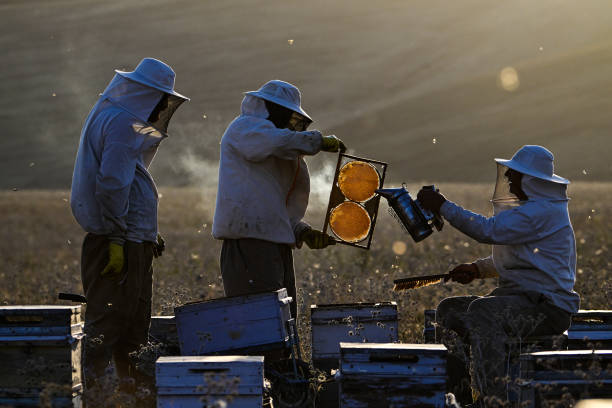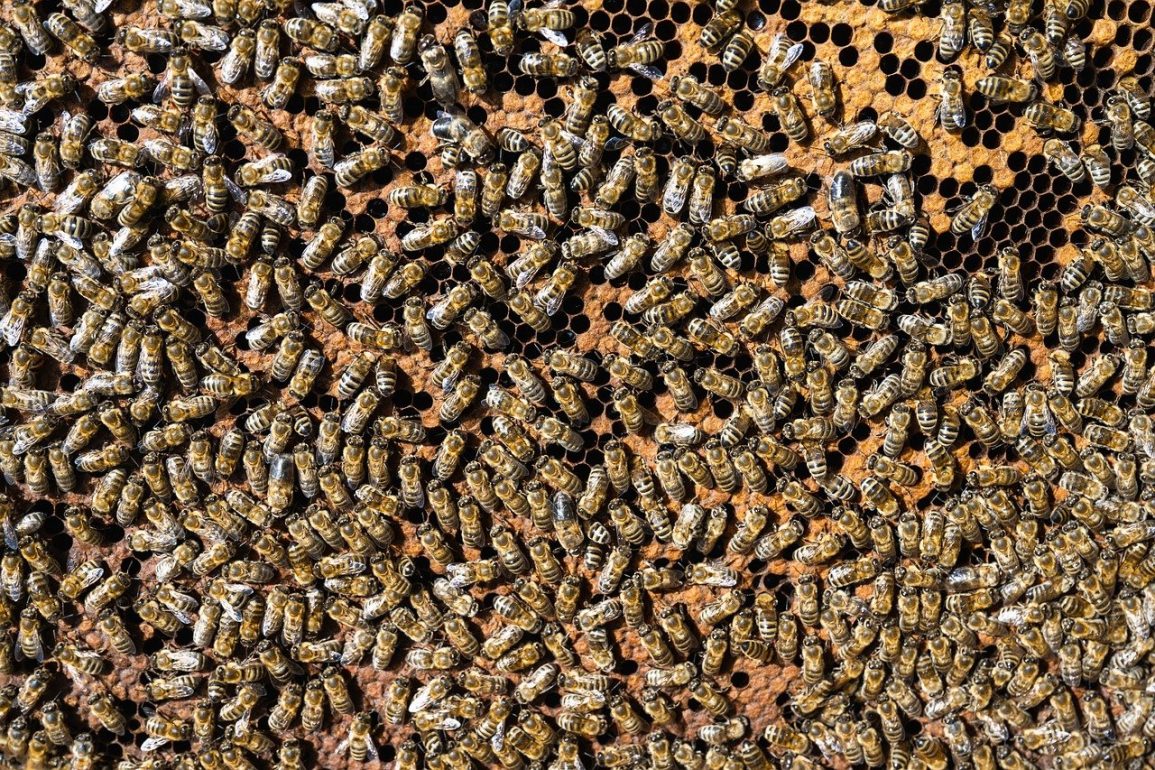A recent study published in the Journal of Conservation Science and Practice highlights the effectiveness of nature-based solutions in mitigating human-wildlife conflict in Kenya.
Conducted by Save the Elephants (STE), in collaboration with the Wildlife Research and Training Institute (WRTI), Kenya Wildlife Service (KWS), and the University of Oxford, the research examines the use of beehive fences as a means to protect both local farmers and elephants.
As Kenya experiences rapid population growth—59.4% from 2000 to 2020—elephant habitats are shrinking due to expanding human settlements.
The pressure on the KWS to find sustainable coexistence methods is increasing, particularly as elephants often raid subsistence farms for crops.
In response, STE introduced beehive fences in 2007, which consist of a series of live beehives strung between posts.

These fences leverage elephants’ natural fear of bees, successfully deterring them while simultaneously benefiting farmers through pollination and honey production.
The study monitored 26 farms with beehive fences near Tsavo East National Park, analyzing nearly 4,000 incidents of elephant approaches.
Remarkably, the fences deterred an average of 86.3% of elephants during peak crop-growing seasons and maintained an overall effectiveness of 76% throughout various seasons, including periods of drought.
However, ongoing habitat degradation and increasing drought conditions pose threats to this innovative solution.
Dr. Lucy King from STE cautions that while beehive fences are effective, rising habitat disturbance could undermine their success.
Dr. Patrick Omondi from WRTI emphasizes the necessity for continued research and funding to develop sustainable solutions that enable communities to coexist peacefully with wildlife.
With over 14,000 beehives established across Africa and Asia, this nature-based strategy exemplifies how innovative approaches can foster harmony between human interests and wildlife conservation.

